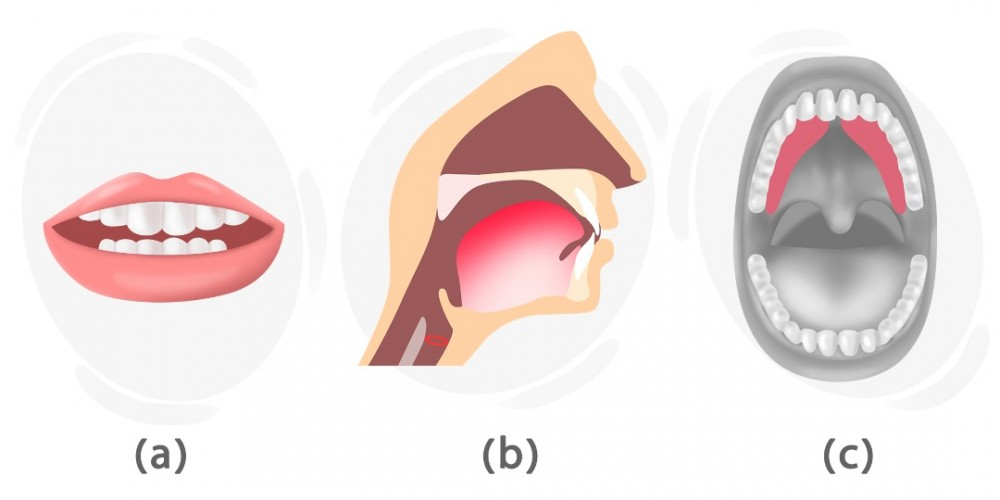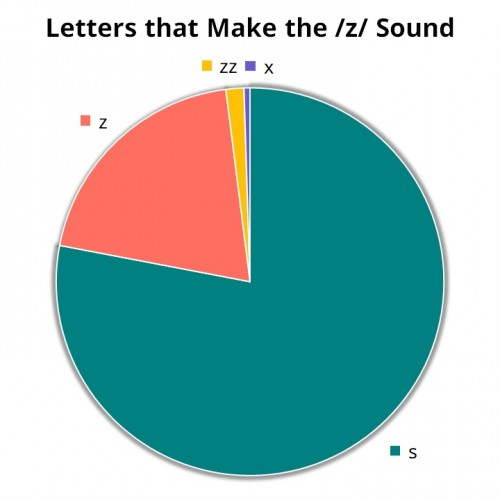How to Pronounce the /z/ Sound

In this lesson, we are going to learn about how we can produce the /z/ sound using the articulatory organs properly.
What Type of Sound Is /z/?
/z/ is a consonant sound in the English language.
How to Produce /z/?


As you can see in picture (b), the tongue plays a major part in the production of this sound. In order to produce this sound, the tongue raises a bit upwards and its sides slightly touch the back side of the front teeth. The tip of the tongue is just behind the front teeth. Note that it does not touch the back of the teeth. Also, the uvula is blocking the air passing through the nose. So, the air comes out of the mouth. As it is clear in picture (b), the circle in the throat is red which indicates that we do need to vibrate our vocal cords. So, it is voiced.
In picture (a), the lips and teeth are slightly parted so as to let the air out.
In picture (c ), you can clearly see where exactly the tongue is put. The sides of the tongue must make contact with the roof of the mouth, just behind the front teeth.
Warning!
Note that we cannot say that every time we see an '-s' after a vowel or a voiced consonant, it is pronounced /z/. Look:
thus /ðʌs/
/z/ Sound in the Most World Languages
As you can see in the table below, /z/ is commonly used in most of the prevalent languages in the world, but it is missing in Mandarin, Spanish, Korean, and Swedish. We have provided enough information for you above. So, if you practice a bit, you can quickly learn to produce it like a native speaker. Look:
Existence | Example | |
|---|---|---|
Mandarin | x | - |
Spanish | x | - |
Hindi | ✔ | ज़मीन |
Bengali | ✔ | নামাজ |
Portuguese | ✔ | casa |
Russian | ✔ | заезжать |
Japanese¹ | ✔ | 全部 (zenbu) |
Vietnamese² | ✔ | da |
Turkish | ✔ | göz |
French | ✔ | zèbre |
German | ✔ | sauber |
Italian | ✔ | sbirro |
Persian | ✔ | روز |
Standard Arabic | ✔ | زائِر |
Korean | x | - |
Indonesian | ✔ | zaman |
Filipino³ | ✔ | zebra |
Hungarian | ✔ | zálog |
Dutch | ✔ | zaad |
Polish | ✔ | zero |
Romanian | ✔ | zar |
Swedish | x | - |
Czech | ✔ | zima |
Greek | ✔ | κόσμος |
Ukrainian | ✔ | зуб |
Urdu | ✔ | زمین |
¹ The sound is similar, not identical.
² The sound exists in the Northern dialect.
³ This sound is regional or less common.
Listening
Below, there is an audio file that helps you learn the proper pronunciation of the /z/ sound:
Comments
(0)

